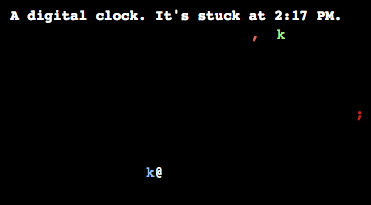“This is a pretty strange piece of code,
and it may take a few moments of thought
to figure out what’s going on.”
– Real World OCaml
A few weeks ago, fellow Hacker Schooler Chen Lin and I were trying to solve a simple graph problem in Haskell. I was all ready to charge forward with something quite like the Java implementation I learned back in undergrad, but my fellow Hacker Schooler had some hesitation around whether this kind of structure would work in Haskell.
After a little bit of Googling, I found out that the canonical solution in Haskell involves something intriguingly dubbed tying the knot. I stared blankly at this HaskellWiki page with my fellow Hacker Schooler, trying to understand it quickly enough to have a useful conversation about it, and failed. We threw a couple of other ideas around and then decided to both pursue other projects. I moved on, Chen moved on, and I’m not sure either of us thought much about it…
…until yesterday, when I ran into tying the knot again. This time, it was hiding deep within (of all things!) the chapter on imperative programming in Real World OCaml, and I was unhurried and determined. “Abstract concept, I am going to understand you so hard,” I thought, jaw set.

